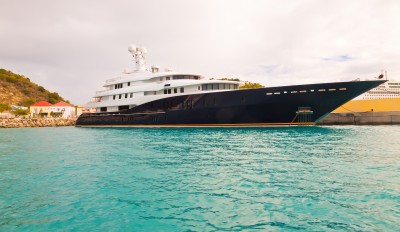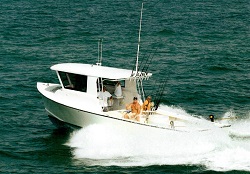Death on the High Seas Act in Maritime Law

The Death on the High Seas Act (“DOHSA”) was enacted into law by Congress in 1920. The Act,46 USC Sec. 761, states:
Whenever the death of a person shall be caused by the wrongful act, neglect, or default occurring on the high seas, beyond a marine league from the shore of any State, or the District of Columbia, or the Territories or dependencies of the United States, the personal representative of the decedent may maintain a suit for damages in the district courts of the United States, in admiralty, for the exclusive benefit of the decedent’s wife, husband, parent, child, or dependent relative against the vessel, person or corporation which would have been liable if death had not ensued.
DOHSA applies to all maritime accidents that happen more than three miles from the shores of any of the States in the United States or its Territories. It limits damages to spouses, children, parents and dependent relatives. DOHSA limits a claimant to pecuniary damages, and there is no recovery for damages for loss of love and affection and loss of society for deaths on the high seas. Negligence or fault must be proved to have a claim, and only seamen have claims under the Jones Act claims for unseaworthiness. If the decedent was a crewman injured through negligence or unseaworthiness, there is a claim for pain and suffering by the crewman prior to his death.
When a non-seaman dies on navigable waters within a State’s or US Territory’s waters, there are some possibilities for recovery beyond the limited DOHSA recovery, but the admiralty law in this area is not settled in the United States, nor is it uniform within the various federal circuit courts.
If you have questions about your rights to wrongful death damages in a maritime case involving a Death on the High Seas Act claim, contact Peter M. Commette, P.A.




